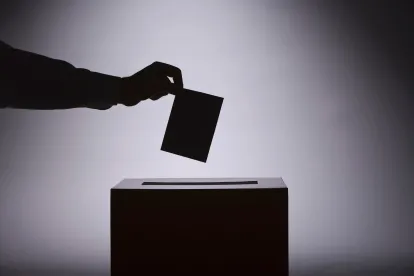On December 12, 2014, the NLRB finally issued its new union election rules. The rules will be published in the Federal Register on December 15, 2014, and will become effective on April 14, 2015. The new rules are similar to the proposed rules published in the Federal Register on February 6, 2014. The new rules will cover all NLRB representation petitions, including elections to select a union and to remove a union.
The new NLRB election rules set forth an "accelerated election" process which gives employers less time to explain to employees the pros and cons of union representation. Key areas in which the new rules will speed up the representation processes include:
-
It is likely that elections will be held within 20 days of the filing of the petition.
-
The NLRB will schedule pre-election hearings within eight days after an election petition is filed.
-
After a petition has been filed, employers will be required to post an initial “NLRB Notice of Election”, which contains generic information about the petition and the parties’ rights and obligations.
-
Pre-election hearings will be limited to whether a question concerning representation exists. At the hearing, the NLRB hearing officer could limit the evidence the parties are allowed to present, including on the issue of the eligibility of individual employees to vote in the election.
-
Employers will have to fill out and submit a “Statement of Position” form within seven days of receipt of the election petition. The “Statement of Position” will include a list of prospective voters, with their job classifications, shifts and work locations. Were the employer to fail to raise a particular election issue in this “Statement of Position”, it may not present evidence on the issue at the representation hearing.
-
Election stays pending an appeal to the NLRB will not be permitted.
-
Individual voter eligibility issues will be deferred from the pre-election hearing to post-election proceedings.
-
The list of all eligible bargaining unit employees (“Excelsior list”) will be filed electronically two days after a Direction of Election has been issued, and must include employees’ home addresses, telephone numbers and e-mail addresses.
-
Post-election hearings will be set fourteen days after the filing of objections.
-
The NLRB, post-election, is no longer required to hear appeals of election issues.
Because of these new NLRB rules, employers are at immediate risk of increased union organizing activity. Concerned employers should take steps to prepare.







 />i
/>i
